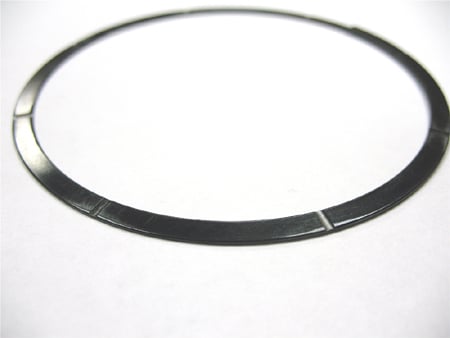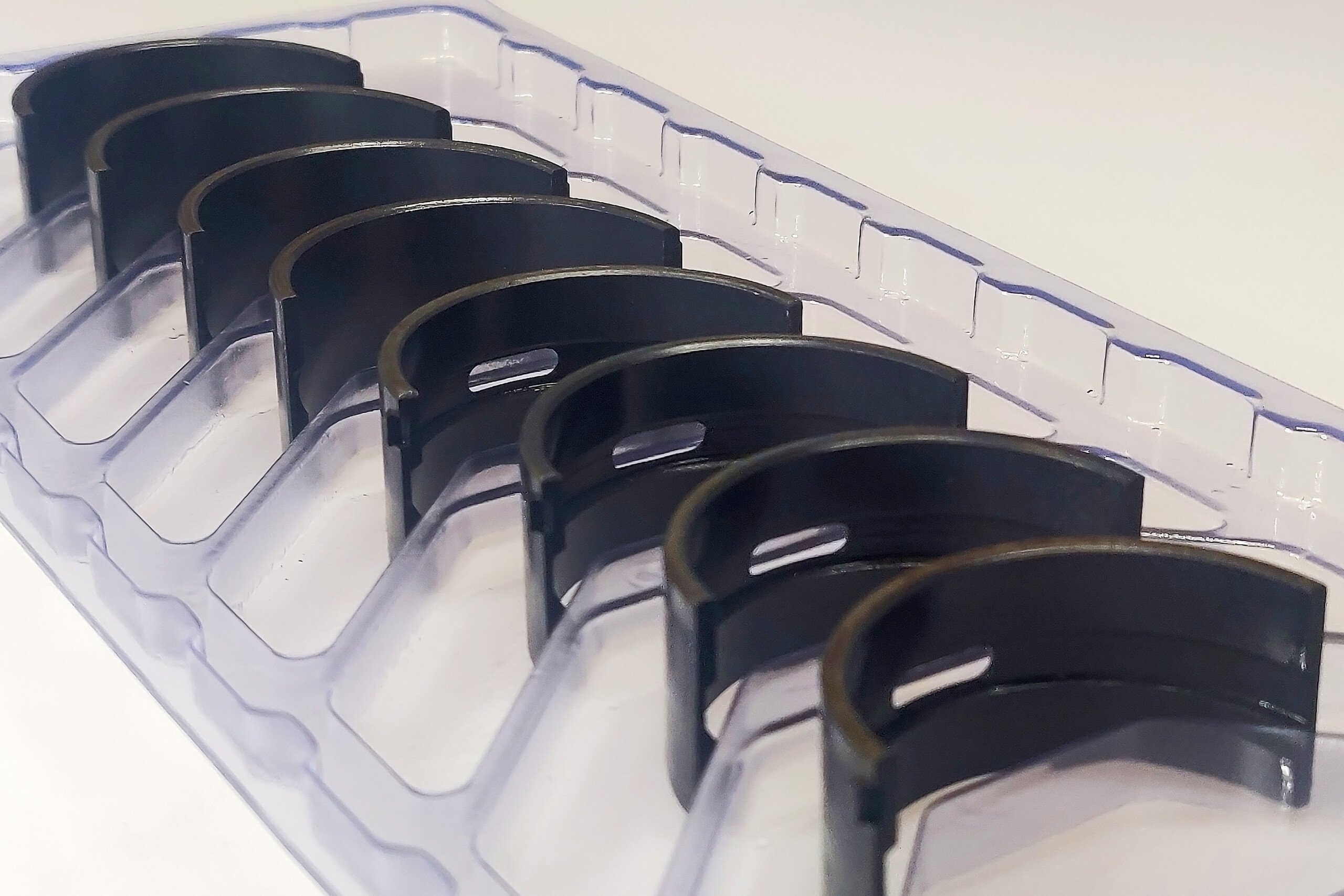Just about every serious race-engine builder is clued in on thin piston-ring technology and the benefits of reduced rotating friction and bore conformability. But what about the “little guy” budget racer or race teams competing in classes where rules require stock-type pistons with OEM ring grooves?
Total Seal has now developed a series of ring-groove spacers that support thin rings in stock-sized pistons.
OEM style rings work well in low-rpm engines, but ring weight becomes an issue when racing at higher rpm. Ring flutter, blowby and reduced sealing capability can be consequences of fat OEM rings at high revs in addition to exhaust gasses filling up the engine’s crankcase.
We’ve seen gains in excess of 15 horsepower with the change from 5/64-inch to 1.2mm rings in the same piston. The gains achieved by going to .8mm rings are significantly greater.
— Keith Jones
The benefits of running skinny rings with Total Seal’s ring groove spacers include:
- Reduced tangential ring tension equals less friction
- Thinner rings conform to the cylinder better, which results in improved cylinder seal
- Gas porting allows cylinder pressure to load the ring for better sealing
- Total Seal also offers the spacers in a non-gas-ported version to be used in the middle ring groove for the same benefits
Total Seal offers the piston-ring groove spacers in .030-inch and .046-inch thick varieties. Both are available with or with without lateral gas slots. So, let’s say you’ve got pistons with 5/64-, 5/64- and 3/16-inch ring grooves. Total Seal ring spacers would allow the use of 1.2mm (.046-inch) or as thin as .8mm (.0325-inch) rings in those large grooves. There’s also the option of using the gas-slotted spacer to make sure the ring receives the necessary gas pressure at high rpm.
“We’ve seen gains in excess of 15 horsepower with the change from 5/64-inch to 1.2mm rings in the same piston,” says Keith Jones of Total Seal. “The gains achieved by going to .8mm rings are significantly greater.”
These spacers can be used in most ring-groove sizes, from 1/8-inch to as small as 1.5mm. These horsepower gain possibilities exist on applications ranging from tractor pullers, drag race, circle track or daily drivers.
According to Jones, “the only thing you have to lose is friction.”



















